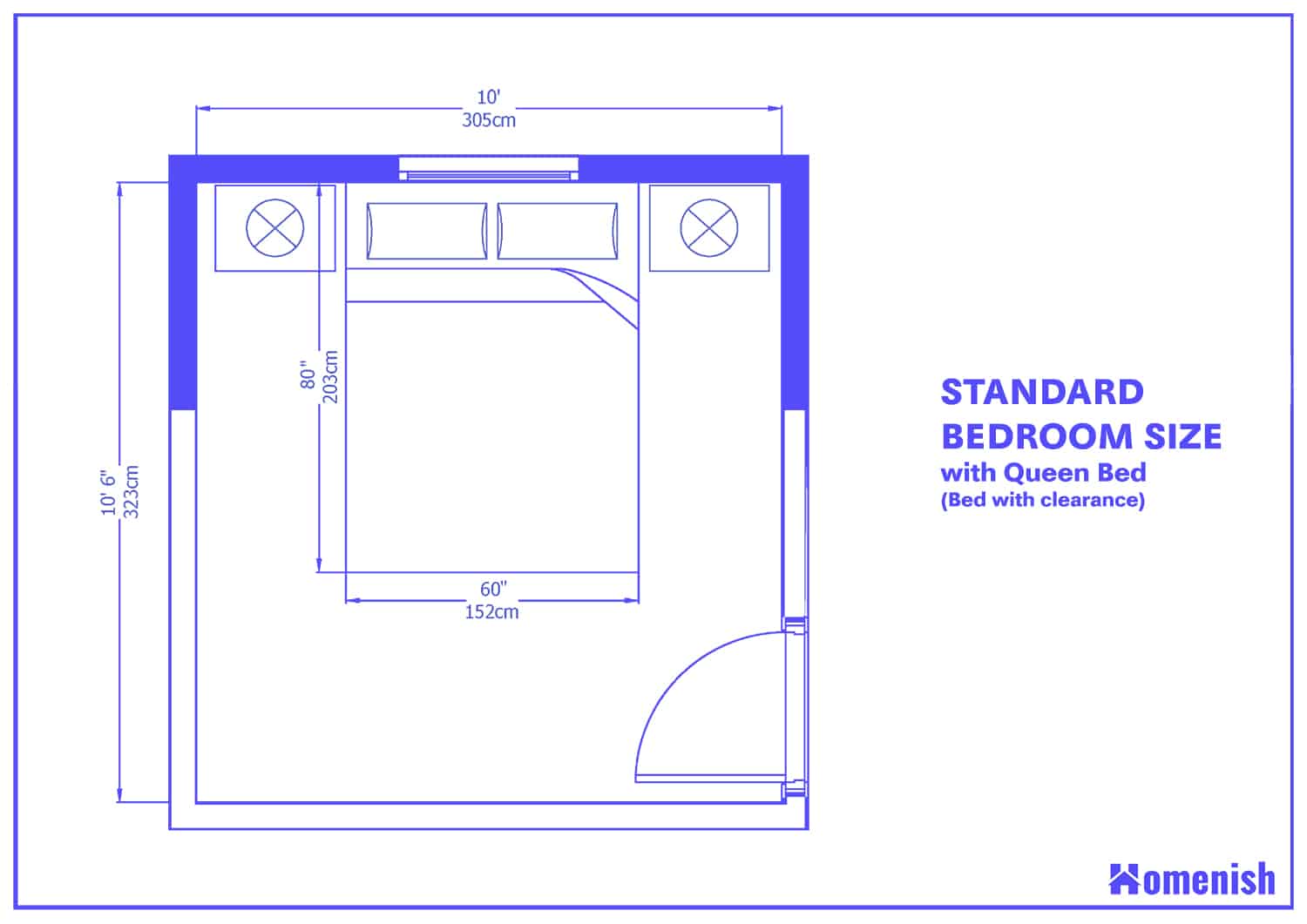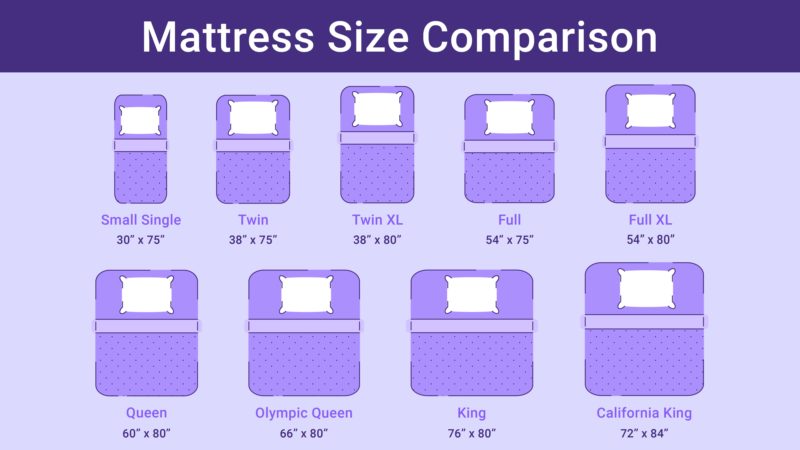Choosing the right type of sink drain for your bathroom or kitchen can make a world of difference in terms of functionality and appearance. While both bathroom sink drains and kitchen sink drains serve the same purpose of draining water, they have some notable differences that make each one better suited for specific areas of your home. In this article, we'll compare the top 10 differences between bathroom sink drains and kitchen sink drains to help you make the best decision for your space.Bathroom Sink Drains vs Kitchen Sink Drains: Which Should You Choose?
Bathroom sink drains are designed to fit smaller sinks and are typically used for hand washing and other personal hygiene tasks. They usually have a smaller diameter compared to kitchen sink drains, making them more suitable for draining less water. Bathroom sink drains come in different styles, including pop-up drains, grid drains, and push-pull drains. They also have a simpler installation process compared to kitchen sink drains.1. Bathroom Sink Drains
Kitchen sink drains are designed to fit larger sinks and are used for a variety of tasks, including washing dishes and food preparation. They have a larger diameter to accommodate more water and debris, and come in different styles, such as basket strainers, garbage disposal drains, and pop-up drains. Kitchen sink drains require a more complex installation process due to their larger size and the addition of a garbage disposal system.2. Kitchen Sink Drains
The installation process for bathroom sink drains is relatively simple and can be done by most homeowners with basic DIY skills. The drain usually comes with all the necessary parts, including the drain body, gasket, and tailpiece. You'll need to remove the old drain if you're replacing it, then insert the new drain into the sink hole and secure it with the gasket and tailpiece. Finally, attach the drain stopper and test for leaks.3. Bathroom Sink Drain Installation
Installing a kitchen sink drain can be a bit more complicated due to the addition of a garbage disposal system. You'll need to install the drain body, gasket, and tailpiece as you would with a bathroom sink drain, but you'll also need to connect the garbage disposal unit to the drain and the plumbing system. This may require some additional tools and expertise, so it's best to hire a professional if you're not confident in your abilities.4. Kitchen Sink Drain Installation
The main parts of a bathroom sink drain include the drain body, gasket, tailpiece, and drain stopper. The drain body is the main part that fits into the sink hole and is connected to the tailpiece, which directs the water to the plumbing system. The gasket provides a tight seal between the drain body and the sink, while the drain stopper controls the flow of water into the drain.5. Bathroom Sink Drain Parts
In addition to the parts found in a bathroom sink drain, kitchen sink drains also have a flange and a garbage disposal unit. The flange is the part that sits on top of the sink and provides a seal between the drain and the sink. The garbage disposal unit is attached to the drain and helps to grind and dispose of food waste.6. Kitchen Sink Drain Parts
Bathroom sink drains are more prone to clogging compared to kitchen sink drains. This is because they are used for tasks such as brushing teeth and washing hands, which can lead to hair, toothpaste, and other debris getting stuck in the drain. Using a plunger or a drain snake can usually unclog a bathroom sink drain, but if the issue persists, you may need to call a plumber for professional help.7. Bathroom Sink Drain Clogged
Kitchen sink drains are less likely to get clogged due to the larger diameter and the presence of a garbage disposal unit, which helps to grind and dispose of food waste. However, they can still get clogged if not properly maintained. To prevent clogs, avoid pouring grease and large food particles down the drain and regularly clean the garbage disposal unit.8. Kitchen Sink Drain Clogged
Bathroom sink drains typically have a pop-up drain stopper, which is controlled by a lever or a knob on the faucet. This allows you to easily open and close the drain to fill or empty the sink. Some bathroom sinks may also have a grid drain stopper, which sits on top of the drain and catches debris while allowing water to flow through.9. Bathroom Sink Drain Stopper
Kitchen sink drains usually have a basket strainer or a garbage disposal drain, depending on whether or not you have a garbage disposal unit. A basket strainer is a removable stopper that sits inside the drain and collects food particles, while a garbage disposal drain is connected to the garbage disposal unit and allows food waste to be disposed of. Some kitchen sinks may also have a pop-up drain stopper, similar to those found in bathroom sinks. In conclusion, the main differences between bathroom sink drains and kitchen sink drains lie in their size, functionality, and installation process. While bathroom sink drains are better suited for smaller sinks and personal hygiene tasks, kitchen sink drains are designed for larger sinks and more heavy-duty use. Whichever type of sink drain you choose, make sure to properly maintain it to avoid any clogs or leaks in the future.10. Kitchen Sink Drain Stopper
The Importance of Proper Drainage in House Design

Why Bathroom Sink Drains and Kitchen Sink Drains Are Not Created Equal
 When it comes to designing a house, the importance of proper drainage cannot be emphasized enough. From preventing water damage to maintaining a healthy and hygienic living environment, the drainage system plays a crucial role in the overall functionality of a home. And while both bathroom sink drains and kitchen sink drains may seem like simple components, they actually serve very different purposes and require different designs.
Bathroom sink drains
are typically smaller in size and designed to handle a much lower volume of water compared to kitchen sink drains. This is because the main purpose of a bathroom sink is for washing hands and brushing teeth, which do not require a large amount of water. Therefore, bathroom sink drains are usually designed with smaller pipes and a lower flow rate to accommodate these specific needs.
On the other hand,
kitchen sink drains
are responsible for handling a higher volume of water and a wider range of materials. When cooking and cleaning in the kitchen, there is a higher chance of food scraps, oils, and other debris ending up in the sink. As a result, kitchen sink drains are typically larger in size and have a higher flow rate to effectively handle these materials and prevent clogs.
Another key difference between bathroom sink drains and kitchen sink drains is the location and direction of the drain pipes. Bathroom sink drains are usually located towards the back of the sink, with the pipes leading straight down into the floor or wall. This design allows for easier installation and also prevents any obstructions or clutter around the sink area. In contrast, kitchen sink drains are often located towards the center of the sink and have pipes that extend horizontally towards the main drain line. This allows for easier access and maintenance in case of any clogs or blockages.
In conclusion, while bathroom sink drains and kitchen sink drains may seem similar, they serve very different purposes and require different designs to effectively function in a household. As a homeowner, it is important to understand these differences and make sure that your house has the proper drainage systems in place to maintain a clean, functional, and efficient living space.
When it comes to designing a house, the importance of proper drainage cannot be emphasized enough. From preventing water damage to maintaining a healthy and hygienic living environment, the drainage system plays a crucial role in the overall functionality of a home. And while both bathroom sink drains and kitchen sink drains may seem like simple components, they actually serve very different purposes and require different designs.
Bathroom sink drains
are typically smaller in size and designed to handle a much lower volume of water compared to kitchen sink drains. This is because the main purpose of a bathroom sink is for washing hands and brushing teeth, which do not require a large amount of water. Therefore, bathroom sink drains are usually designed with smaller pipes and a lower flow rate to accommodate these specific needs.
On the other hand,
kitchen sink drains
are responsible for handling a higher volume of water and a wider range of materials. When cooking and cleaning in the kitchen, there is a higher chance of food scraps, oils, and other debris ending up in the sink. As a result, kitchen sink drains are typically larger in size and have a higher flow rate to effectively handle these materials and prevent clogs.
Another key difference between bathroom sink drains and kitchen sink drains is the location and direction of the drain pipes. Bathroom sink drains are usually located towards the back of the sink, with the pipes leading straight down into the floor or wall. This design allows for easier installation and also prevents any obstructions or clutter around the sink area. In contrast, kitchen sink drains are often located towards the center of the sink and have pipes that extend horizontally towards the main drain line. This allows for easier access and maintenance in case of any clogs or blockages.
In conclusion, while bathroom sink drains and kitchen sink drains may seem similar, they serve very different purposes and require different designs to effectively function in a household. As a homeowner, it is important to understand these differences and make sure that your house has the proper drainage systems in place to maintain a clean, functional, and efficient living space.









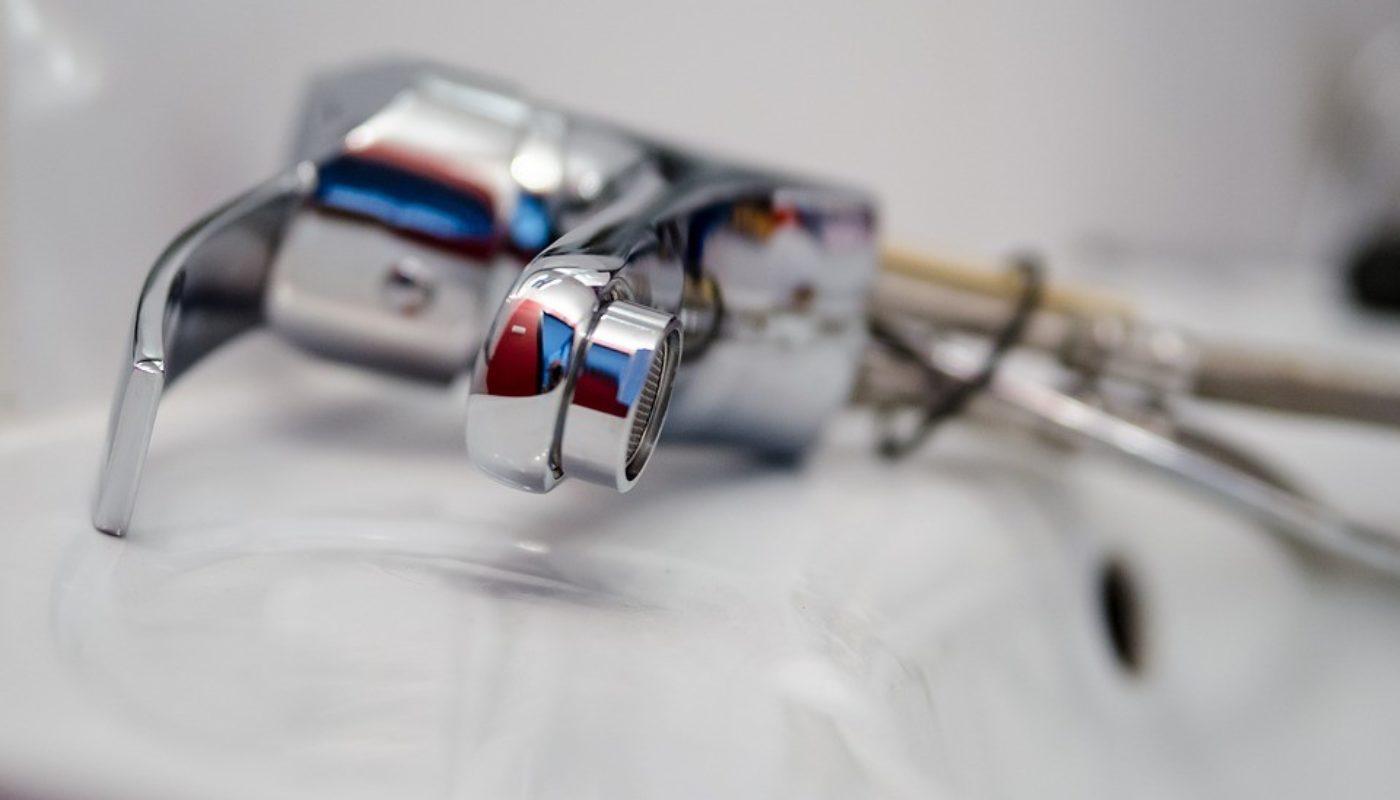


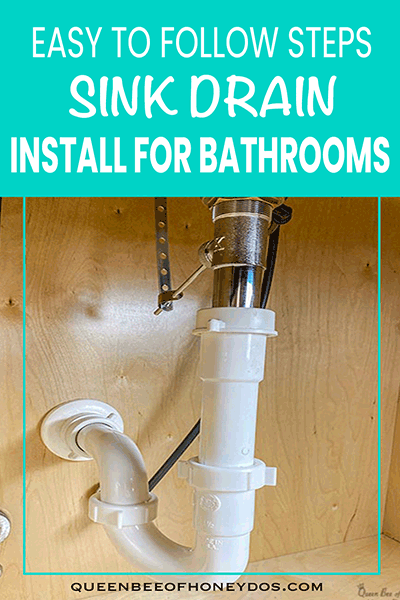




/how-to-install-a-sink-drain-2718789-hero-b5b99f72b5a24bb2ae8364e60539cece.jpg)











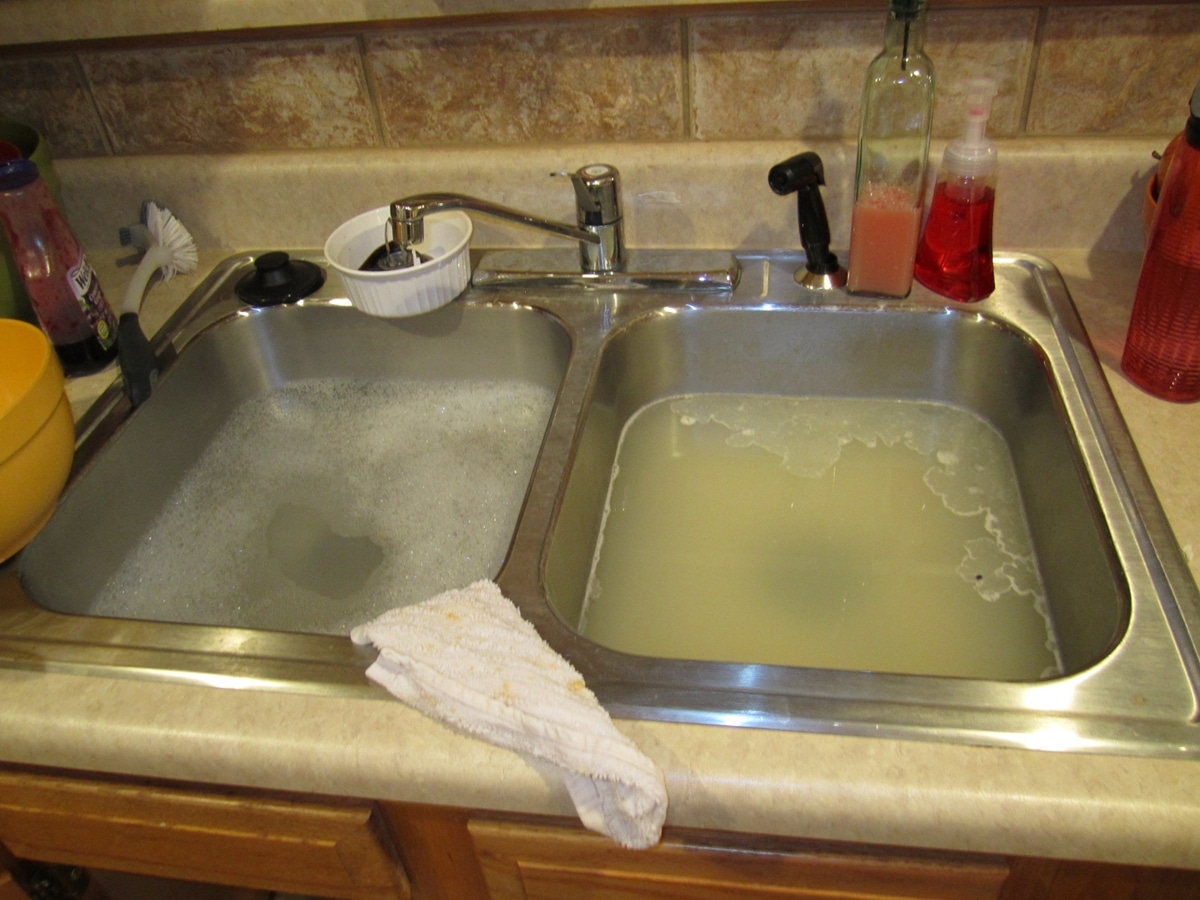










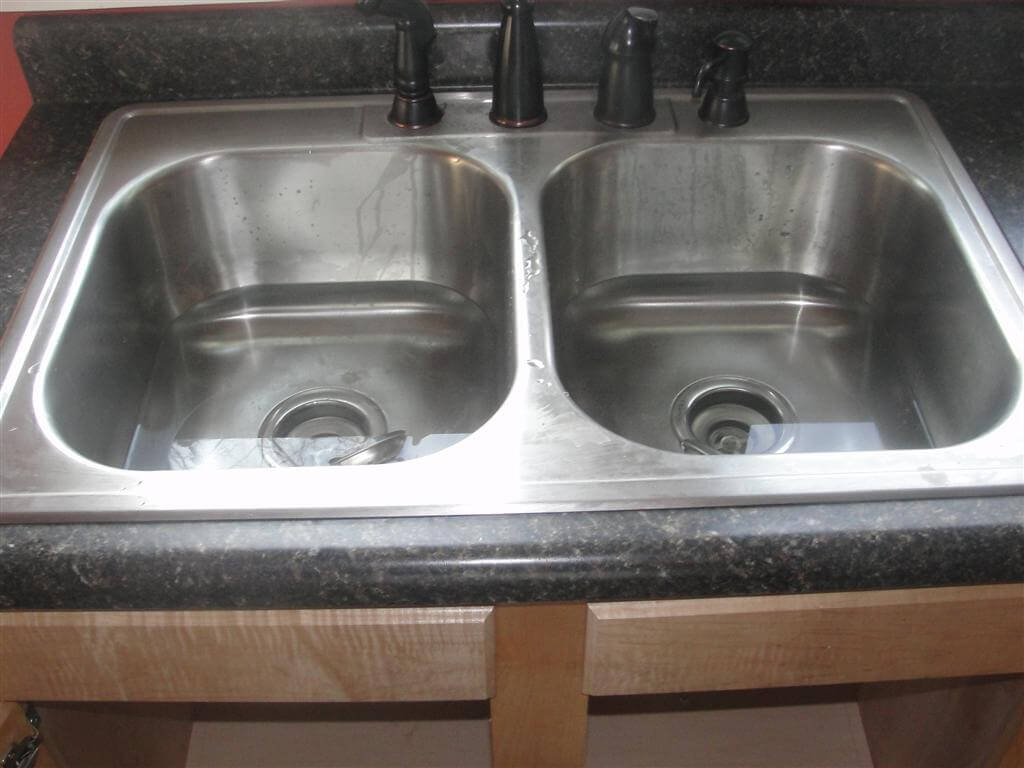









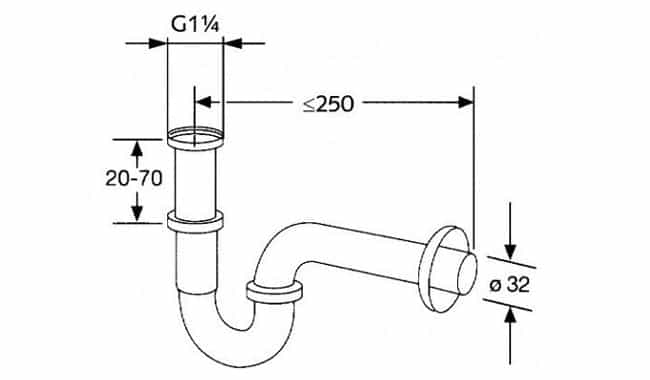








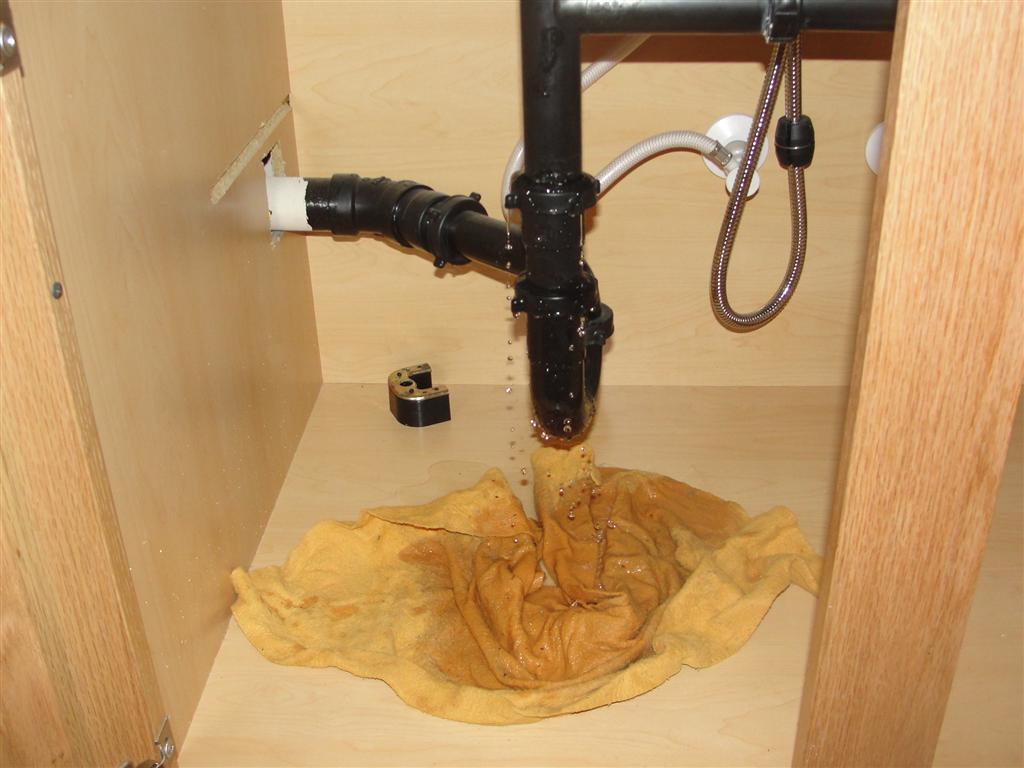






:max_bytes(150000):strip_icc()/how-to-install-a-sink-drain-2718789-hero-24e898006ed94c9593a2a268b57989a3.jpg)



